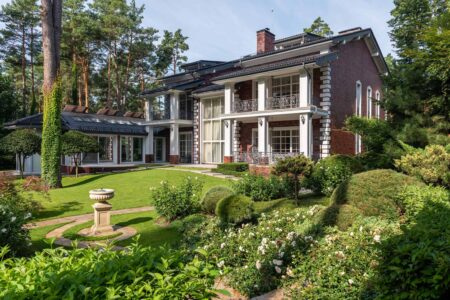The world is becoming increasingly urbanized. Already more than half of the world’s population (54%) lives in towns and cities. That number, according to the UN, could well swell to two-thirds, or 66%, by 2050 when another 2.5 billion people will have been added to urban populations around the planet.
The question, though, is just what kind of urban setting many people already live or will live in future. Most urbanites, especially in poorer nations, occupy overcrowded and unhealthy places with high levels of pollution in the soil, air and water. Better waste management and the adoption of cleaner energy sources are also pressing issues as a result of the wanton burning of fossil fuels, which has caused grave damage to both the planet’s climate and the air of many cities.
Many cities, especially in the developing world, have become concrete jungles of endemic air pollution and many urban landscapes have lost any resemblance to natural environments apart from a few patches of greenery here and there hemmed in by vast stretches of concrete. More and more residents realize that turning cities cleaner and greener is a must both for their own sake and for the sake of future generations.
But how best to do that? The answers to that question were part of the agenda for government officials and business leaders from around the world who participated at the “Livable and Sustainable Cities: Embracing the Future through Innovation and Collaboration” conference, which took place in Singapore between July 8 and 12.
Among the world’s top 10 greenest cities, according to experts at the conference, are eight European cities and two Asian ones: (in the order of their levels of sustainability) Zurich, Singapore, Stockholm, Vienna, London, Frankfurt, Seoul, Hamburg, Prague and Munich.
Most of these cities have several features in common. One is that their local governments have been implementing consistent and long-term policies aimed at greater energy efficiency in tandem with an increased reliance on renewable energy sources. Buildings in cities like Hamburg and Munich, for instance, use 20% less energy on average than in many other cities around Europe.
Long-term and well-conceived city planning also plays a vital role in ensuring that urban settings remain or can become oases of higher degrees of sustainability and livability. These policies must encompass a variety of issues from better waste management techniques and recycling rates to the greening of city spaces through creative innovations and practices.
Technology, too, can help. The use of sensors in smart street lamps, for instance, can help ensure that the lamps are turned on only when needed, thereby reducing energy needs. “Developments in innovation and infrastructure offer tremendous opportunity which, if harnessed wisely, can reap tremendous benefits in enhancing the livability and sustainability of our cities,” noted Lawrence Wong, Singapore’s Minister for National Development.
Did you like it? 4.4/5 (28)








